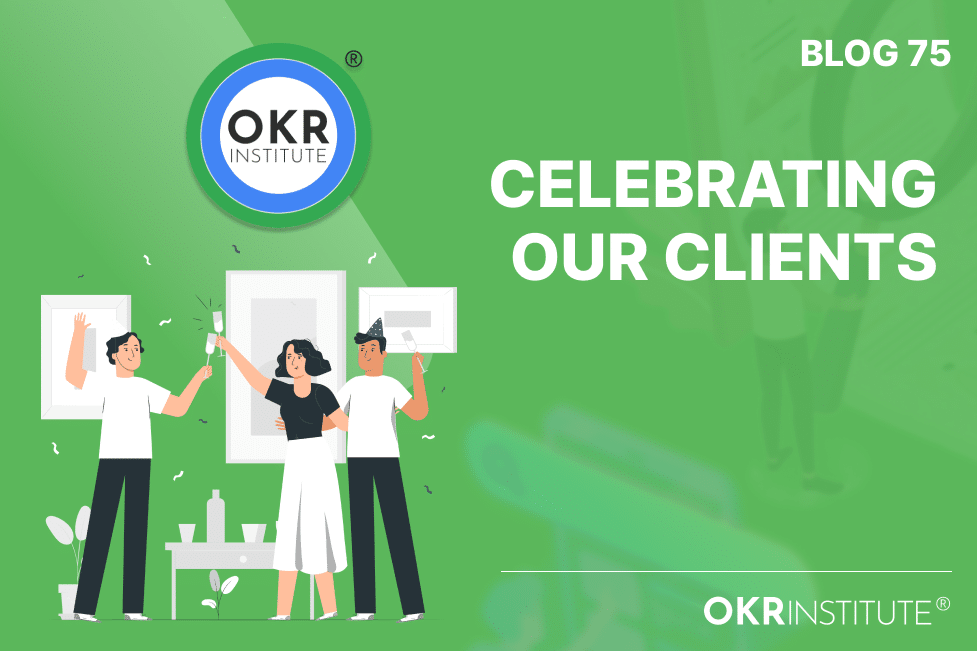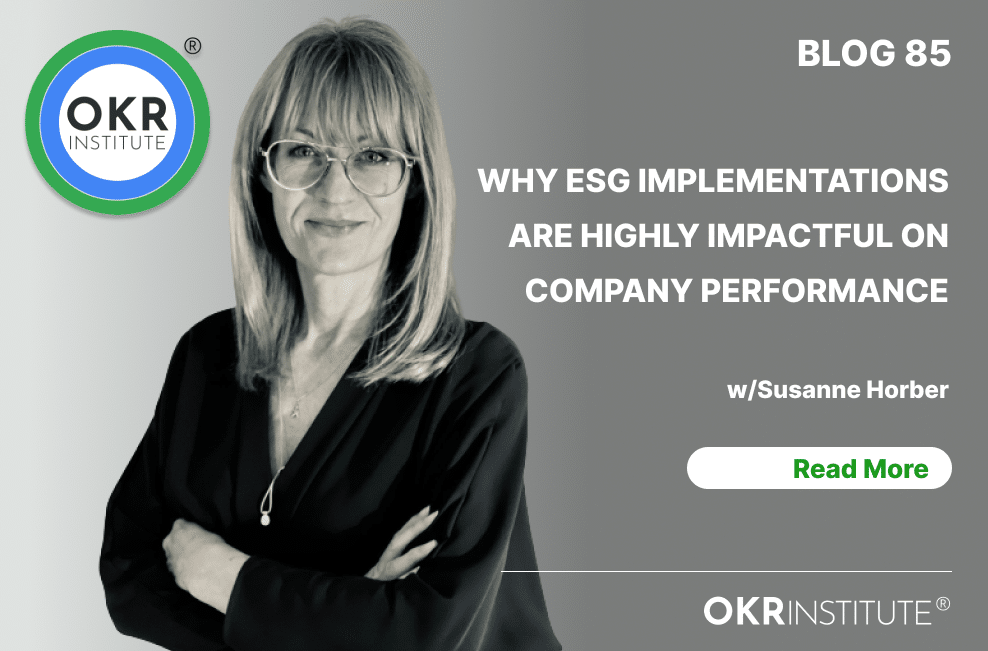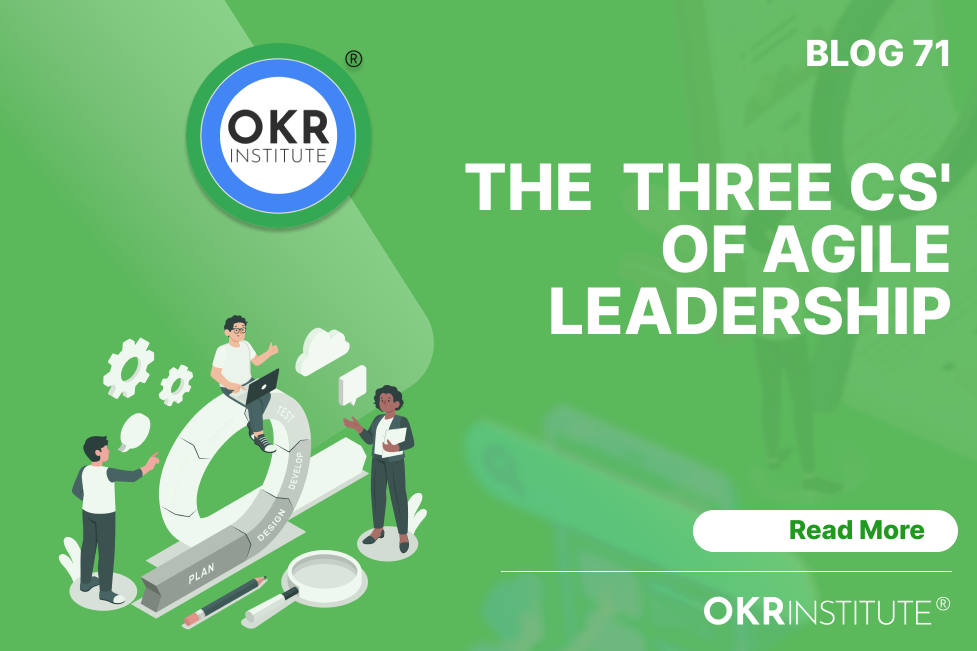OKR Institute: celebrating our clients

OKR INSTITUTE: Celebrating our clients
This article is for you, our valued clients, we appreciate you, and beyond that, we wish you the greatest success in 2024.
Working with you across more than five hundred organizations in over 50 countries has provided us, at the OKR Institute with the very best form of education and that is to learn from experience. Without you that would not have been possible.
From working with you we have built up a body of best practices that we are sharing with thousands and thousands of people attending our courses. The following Best practices may seem very simple but once you apply them you can find that it is a challenge within the context of your company culture.
That is the reason for the OKR Institute advising all organizations to ultimately write their own ‘OKR playbooks’ that reflect both the uniqueness and complexities of your company culture.
Less is more.
Your OKR frameworks should reflect the top priorities of the company. Those priorities should be aligned with the vision, value system, and purpose of the company to ensure sustainability and success. At the strategic level, it is advisable to draft no more than five OKRs, and at the team level, three per team.
All of the above Objectives should reflect the desired outcomes that you want to achieve for your key stakeholders such as your clients and the company itself. Upon completion of the OKR drafting session at the strategic level of the company you might find that you end up with a high number of objectives. Within this scenario, it is advisable to jointly rank these objectives and keep the top five as the OKRs that will be focused on at the highest level of the company.
When you have too many priorities as a company and you try to apply the same level of focus on all of these priorities you are unlikely to achieve any of your goals. A laser-like focus on the very top and few most impactful priorities of the company creates a solid foundation for success.
Conduct regular check-ins
A weekly check-in presents wonderful opportunities to:
- Be proactive and address issues before they become uncontrollable
- Iterate and improve on the existing OKR frameworks
- Build a team ethos
- Deepen your understanding of and learn about OKRs
Failing to do regular check-ins often results in becoming reactive over time and the loss of forward momentum concerning OKRs. Well-conducted check-ins are about having collaborative conversations toward streamlining and improving our OKRs and jointly overcoming the obstacles in our way. As the OKR Institute, we frequently ask our clients to be part of the first check-ins, as facilitators, to ensure the quality thereof and impact the long-term success of OKRs.
Write your own OKR playbook
Every company is different and company culture is the context for OKR’s performance. All companies would do well to capture all learnings related to OKRs and transform those learnings into a specific OKR playbook that reflects the complexities of your organization
All industries are different and how OKRs are applied will vary. As one pertinent example, within a highly regulated environment such as the energy services sector milestone key results would be more applicable than in alternative industries. Within a large and traditional organization that wants to transform into an agile organization we initially may use cascading of OKRs to ensure alignment and this approach is unlikely to be followed in a start-up context.
stretch
By its very definition OKRs are stretch goals and are hard to achieve. We will not achieve OKRs when we remain within our comfort or fear zones. We are however likely to achieve our goals when we reach beyond our fear zone into our learning and growth zones.
A strong growth mindset orientation is a basic requirement for achieving OKRs. Everyone in the team should be stretched beyond their initial capacity. Stretching is not only about reaching beyond each individual’s potential it is more about what we can jointly achieve through a collaborative effort.
We can only achieve moonshots if we are willing to identify and capitalize on each others’ strengths and jointly overcome individuals’ weaknesses. Our OKR Institute Leadership course clarifies how to coach individuals and teams and to ‘jointly stretch for amazing’.
follow the Leader as a coach model
OKRs void of leadership are generally not sustainable or successful. Consistent leadership behaviors such as supporting team members with high-quality coaching are required to make the implementation of OKRs successful.
Often strategies are created at the highest level of the company and then handed down to teams to execute. A far improved model is to execute strategy shoulder-to-shoulder with team members to obtain their buy-in into the leadership of the company.
Leadership, within the context of an OKR implementation, is also about providing clarity –
- Clarity of Vision
- Clarity of communication
- Clarity of the shared purpose and value system of the company
- Clarity of roles and responsibilities
We experience that a lack of clarity on the strategy of the company and a lack of clear communication are often the factors that become profound obstacles in the way of OKR performance.
An OKR or Agile leader, to be a sustainable success as a leader must create more leaders. We can create more leaders by both inspiring them and showing them how it is done as opposed to oversharing volumes of theoretical knowledge. Through coaching and education, at the OKR Institute, it is our mission to create more and more OKR and Agile leaders.
Talent Development Director of the OKR Institute
Related Courses
Recent Posts
Tags
#OKR
#OKR Coaching
#OKR Coach







